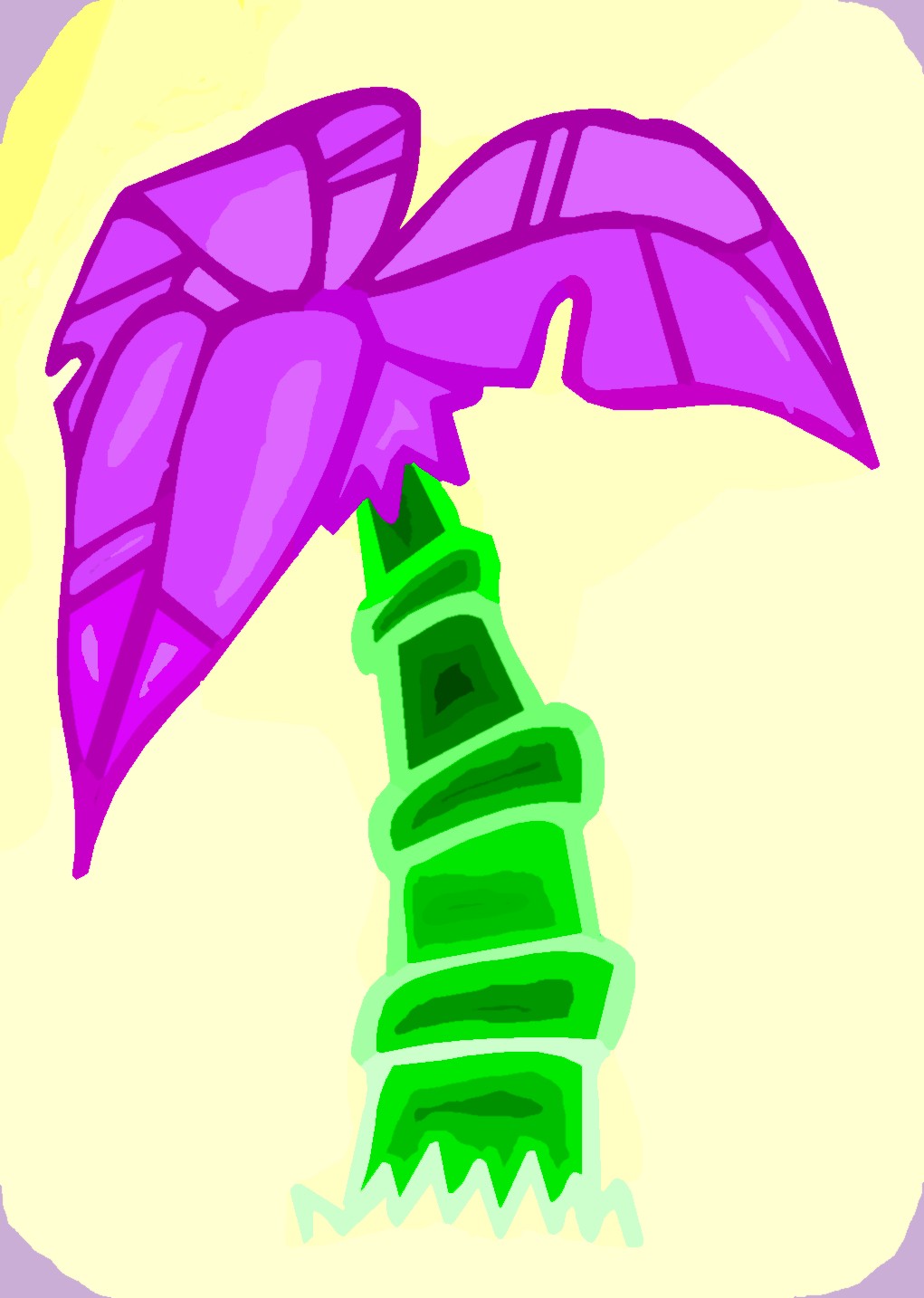RED Punctuating the flying swordplay of "Hero" is a love story between two fabled assassins: Broken Sword, played by Tony Leung Chiu-Wai (above) and Flying Snow, played by Maggie Cheung. Red was the first color Mr. Zhang chose, which presented Mr. Doyle with an immediate problem: in his work with Hong Kong directors like Wong Kar-wai, Mr. Doyle had made a conscious effort not to use the color. "Up until `In the Mood for Love,' " he says, "we avoided red at all costs. I think I've probably said on at least 25 films, `No red,' because it has too many associations in Asia." Then he had to find a way to produce images that would match the unusual red of the hand-dyed costumes. To do this he decided to switch from Fuji, the film brand used for most of the film, to Kodak. "The red is a Kodak red," he said. "It's a much more saturated solid red."
WHITE In the third section of "Hero," When Maggie Cheung rushes to save her lover in the third section of "Hero," she rides by a dramatic backdrop of cliffs that, Mr. Doyle says, "look like old walls falling apart." Having decided to shoot a key part of the third tale in a desert near the border with Kazakhstan, the filmmakers picked the white of the desert at noon for the costumes in this section. When it came to actually shooting there, however, the crew found the desert at noon beautiful but unendurable; they had to wait until later in the day to shoot, when it was cool enough to work. "The white became a little bit warmer than white," Mr. Doyle notes, "because of the evening light."
BLUE The filmmakers decided to stage the climax of the second story on a magnificent lake in the Jiuzhaigou cq region of China, and the color of the water, they say, inspired them to make this section blue. As Mr. Doyle explains: "We knew that one section should be red, but we weren't sure what the other colors were. And so we wandered around China looking for spaces that were interesting or unexpected or perhaps hadn't been shot before. And we said, `Oh, this might work for this, therefore this section is this color.' It kind of evolved organically." The resulting lack of contrast between characters and setting was intentional. "The thing about color is that it's like light," Mr. Doyle says. "In order to see darkness on film, you need a bright spot in some part of the frame. In other words, you need a contrast. In this film you're totally surrounded by one color, and that's very rare."
GREEN Woven through the variously colored stories of "Hero" are green flashbacks — in the one above, Mr. Leung enters a palace hung with floating green curtains. While most of the movie's bold colors were achieved by using filters and processing the film in unusual ways and using filters , the curtains had to be color-corrected on a computer to get the exact shade the filmmakers were after. Mr. Doyle, an Australian who made his name in Asian cinema, is impatient with universal theories of color like the one offered by the Italian cinematographer Vittorio Storaro: "Storaro says green is the color of knowledge. Well, I've done many films where green was the color of memory, and that's just a personal choice. Actually, in `Hero' we used green for the flashbacks because we ran out of colors. We'd done all the other stuff. So we had the red, we had the blue, we had the white — there was only green left, basically. You're not going to do anything in orange or pink." Source:http://www.helloziyi.us/Articles/Hero_Color_Code.htm
1 co
1 co

No comments:
Post a Comment